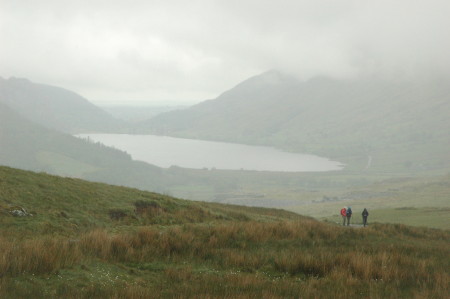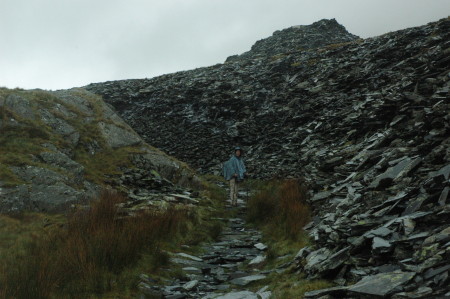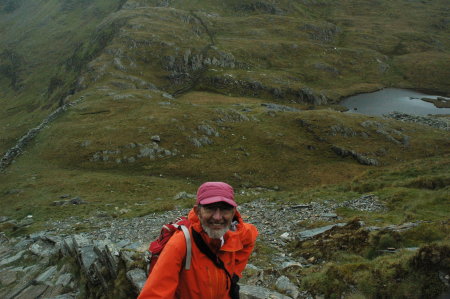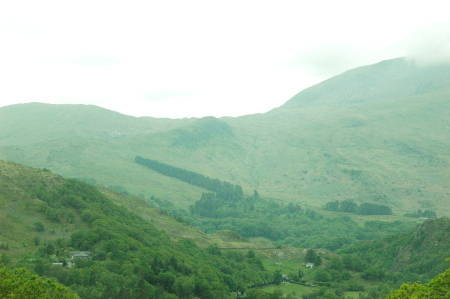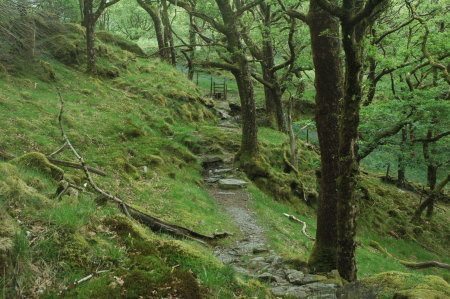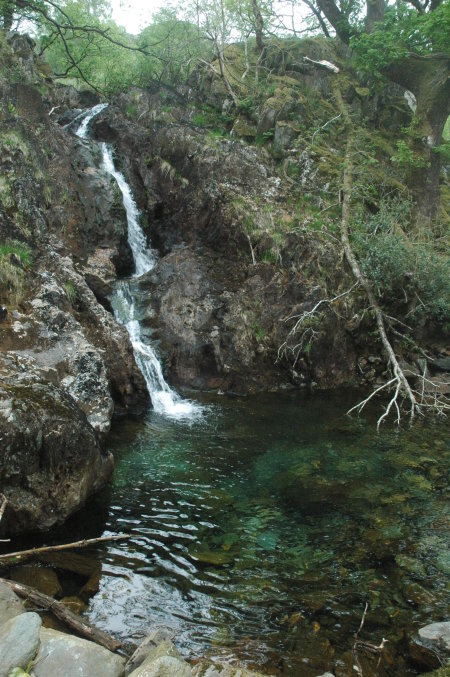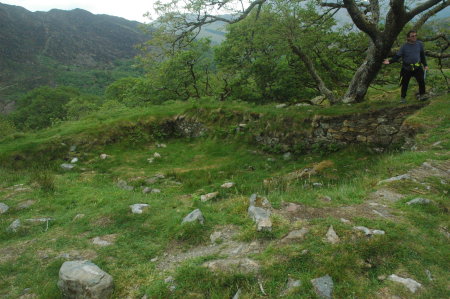NASA awards Maxar Gateway power/communications contract
The never-ending boondoggle: NASA this week awarded the company Maxar its first official Lunar Gateway contract to develop the power, propulsion, and communications systems for the station.
Interestingly, the contract is structured somewhat similar to the commercial contracts for ISS cargo and crew.
This firm-fixed price award includes an indefinite-delivery/indefinite-quantity portion and carries a maximum total value of $375 million. The contract begins with a 12-month base period of performance and is followed by a 26-month option, a 14-month option and two 12-month options.
Spacecraft design will be completed during the base period, after which the exercise of options will provide for the development, launch, and in-space flight demonstration. The flight demonstration will last as long as one year, during which the spacecraft will be fully owned and operated by Maxar. Following a successful demonstration, NASA will have the option to acquire the spacecraft for use as the first element of the Gateway. NASA is targeting launch of the power and propulsion element on a commercial rocket in late 2022. [emphasis mine]
It is fixed-price, and Maxar will own the design with the ability to sell it to others as well as NASA.
The problem is that Maxar will not be building something that others might want. Their only customer will be NASA, and the design will be focused entirely to NASA’s needs in building their Gateway boondoggle. I am pessimistic anything productive for the future of space travel will come from this.
Moreover, the highlighted words reveal the corrupt nature of this deal. Development could go on forever, and should it do so, do not be surprised if the contract’s fixed price nature gets changed.
Our federal government, including NASA, is very corrupt. They are not interested in the nation’s interest, only the interests of themselves and the contractors they work hand-in-glove with in DC.
The never-ending boondoggle: NASA this week awarded the company Maxar its first official Lunar Gateway contract to develop the power, propulsion, and communications systems for the station.
Interestingly, the contract is structured somewhat similar to the commercial contracts for ISS cargo and crew.
This firm-fixed price award includes an indefinite-delivery/indefinite-quantity portion and carries a maximum total value of $375 million. The contract begins with a 12-month base period of performance and is followed by a 26-month option, a 14-month option and two 12-month options.
Spacecraft design will be completed during the base period, after which the exercise of options will provide for the development, launch, and in-space flight demonstration. The flight demonstration will last as long as one year, during which the spacecraft will be fully owned and operated by Maxar. Following a successful demonstration, NASA will have the option to acquire the spacecraft for use as the first element of the Gateway. NASA is targeting launch of the power and propulsion element on a commercial rocket in late 2022. [emphasis mine]
It is fixed-price, and Maxar will own the design with the ability to sell it to others as well as NASA.
The problem is that Maxar will not be building something that others might want. Their only customer will be NASA, and the design will be focused entirely to NASA’s needs in building their Gateway boondoggle. I am pessimistic anything productive for the future of space travel will come from this.
Moreover, the highlighted words reveal the corrupt nature of this deal. Development could go on forever, and should it do so, do not be surprised if the contract’s fixed price nature gets changed.
Our federal government, including NASA, is very corrupt. They are not interested in the nation’s interest, only the interests of themselves and the contractors they work hand-in-glove with in DC.




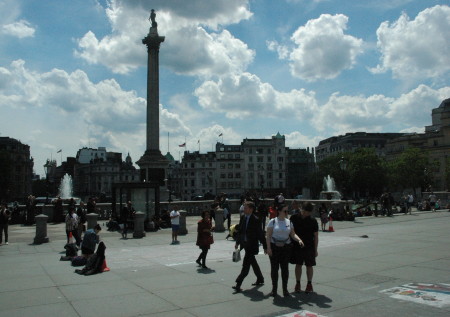
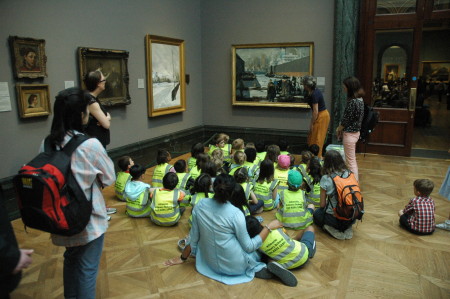
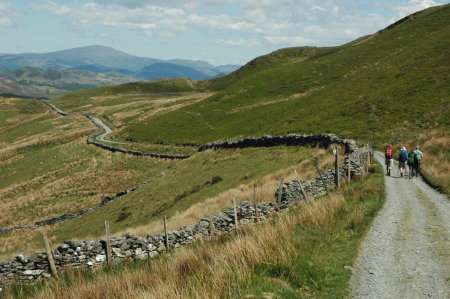
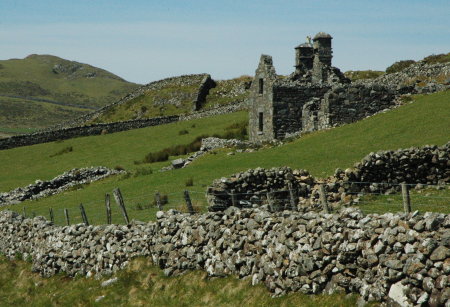
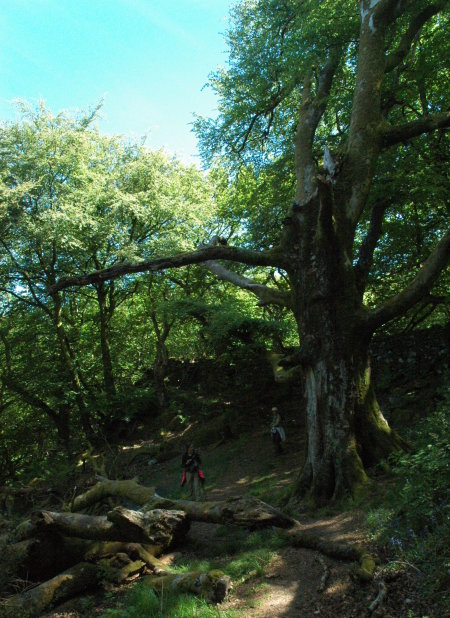
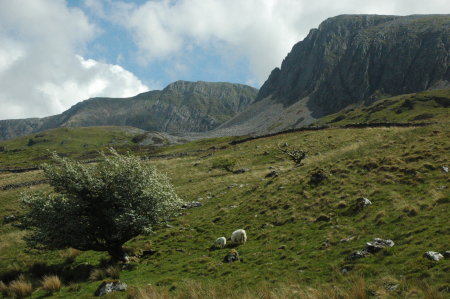 c
c
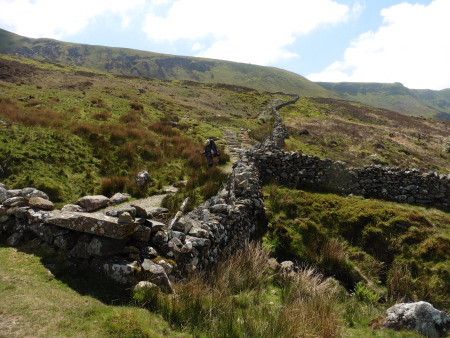
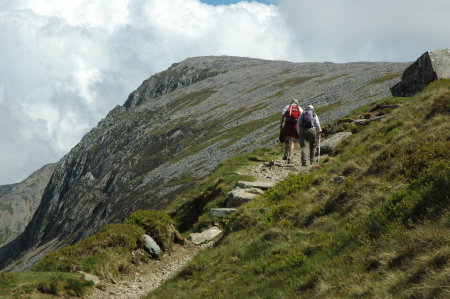 c
c
